hello guys
here we are again with a new engine
I don't like the premises, but few words are necessary here
I would like to document my bilds and publish them in the 'work in progress' section, but I discovered that I cannot do it for now: I have little time to work in the shop and mostly I'm too tired to take pictures, upload and explain them
for us who are not british/english speaking, it isn't so easy to write long post full of detailed explanations, expecially in the night, when one is tired after a working day
I browse the forum often and it is always a pleasure, but rarely I find the energy to post and interact with you, and this is a great worry for me, expecially when I see admirable masterpieces but I cannot find the words to express
fortunately there is the 'photos and video' section where I can put a brief summary of the build
hummm... I apologize for the premise, I don't like them! I had already said it?
well, I'm sorry for the quality of the pics too: I took them under a LED lamp and they are a bit too dark
in return, the flaws were very emphasized, maybe for the tangent light, indeed the engine isn't so bad
this is my 4th engine, and my second IC engine
I won the POM in august 2009 with my second steam engine, so in the last year I built two IC engine, the scuderi and this one
the scuderi still doesn't run ( :-\ ), hope that this one would be luckiest
it is the australian mate diesel by david owen, and I took the plans on the 'model engine plan book' published by the motor boys (http://modelenginenews.org/), that I bought some time ago
well, now the pics...
the crankcase, aluminium
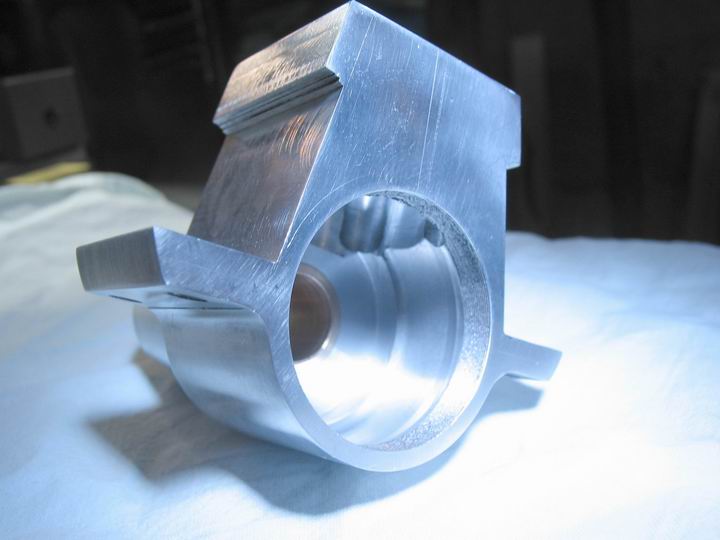
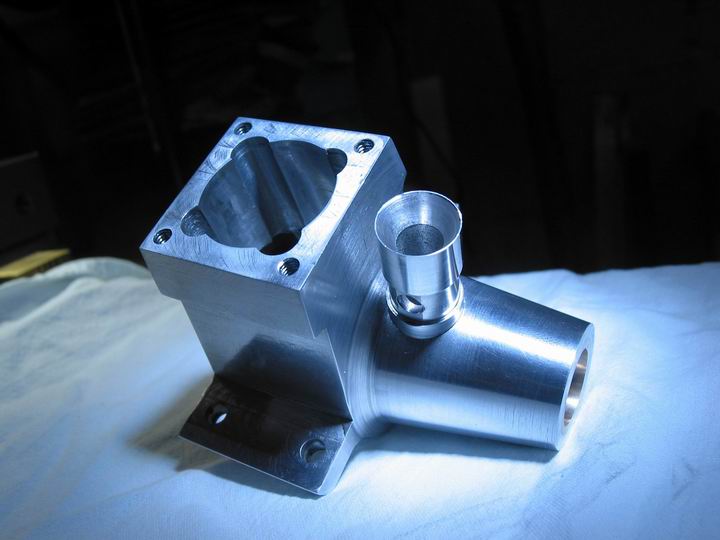
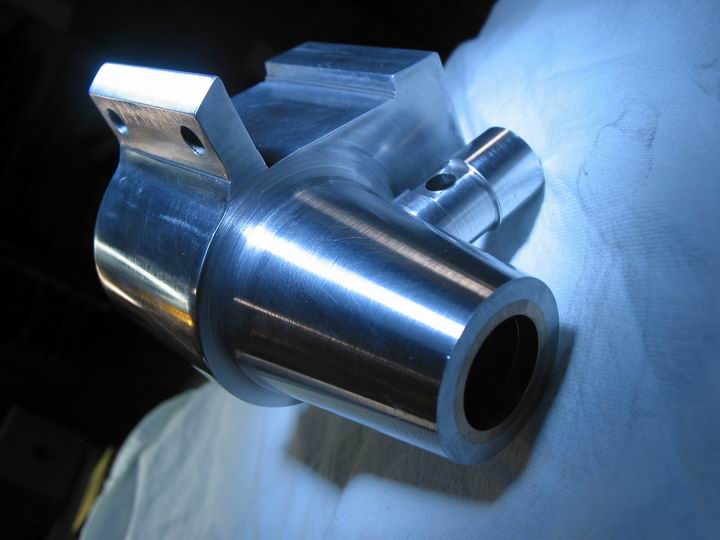
the crankshaft, steel
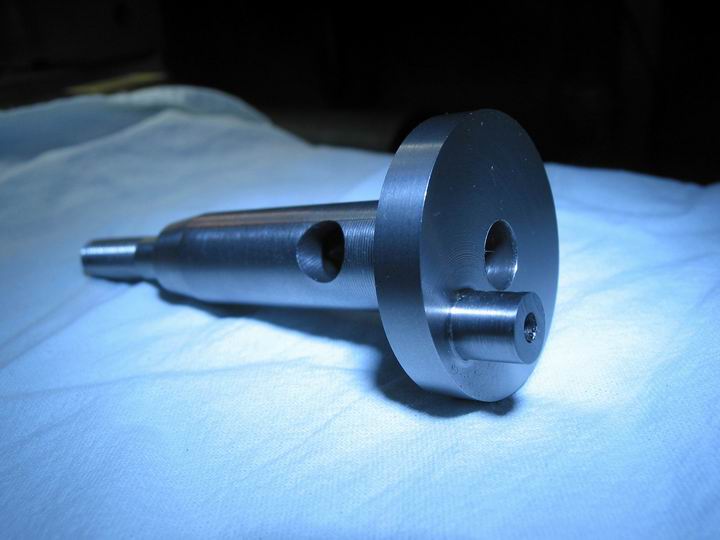
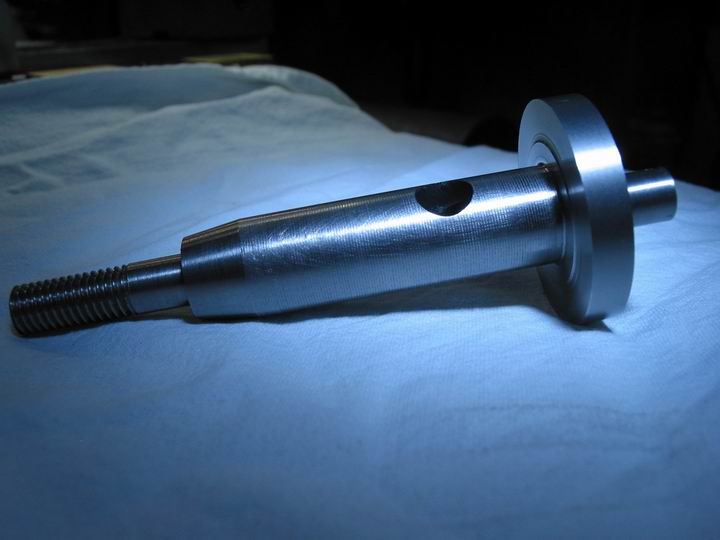
the head and backplate, aluminium
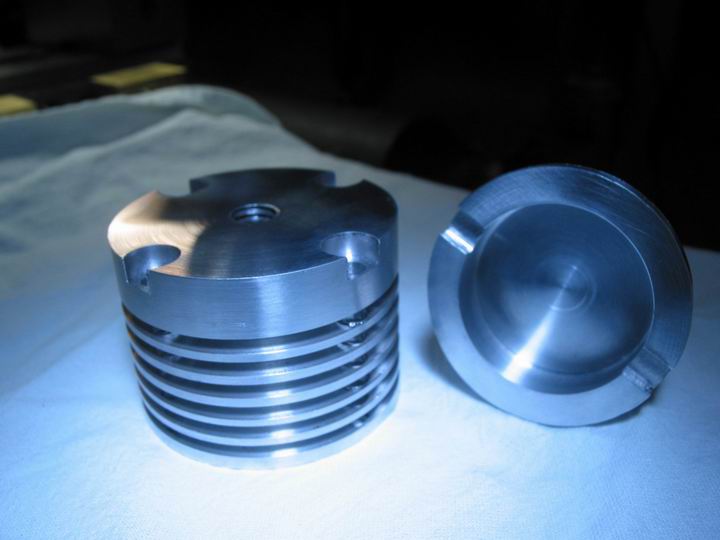
the conrod and prop driver (aluminium) and the compression screw, steel
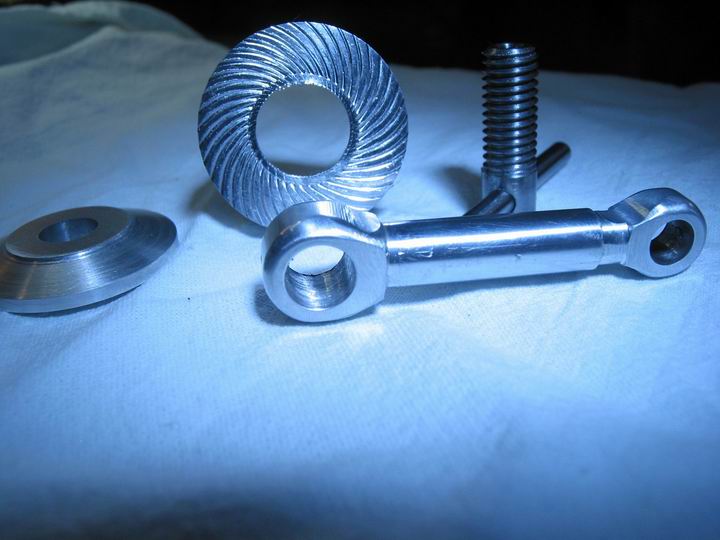
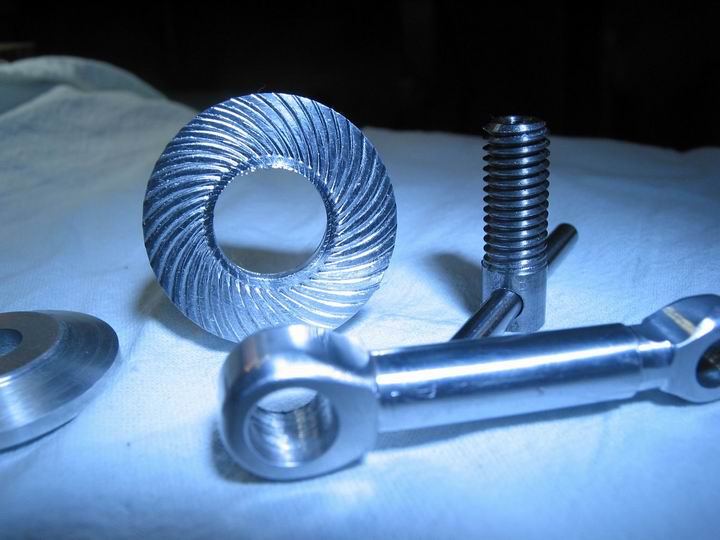
cylinder (steel), piston and contrapiston, cast iron: the inside and outside of the cylinder looks worse than they are
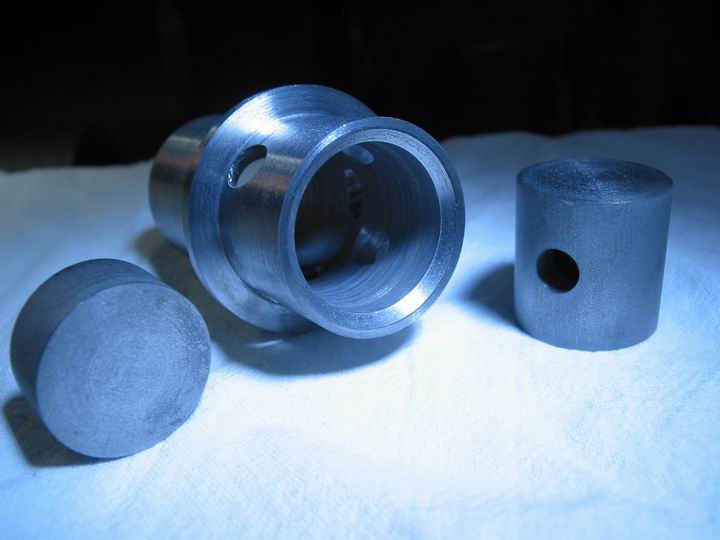
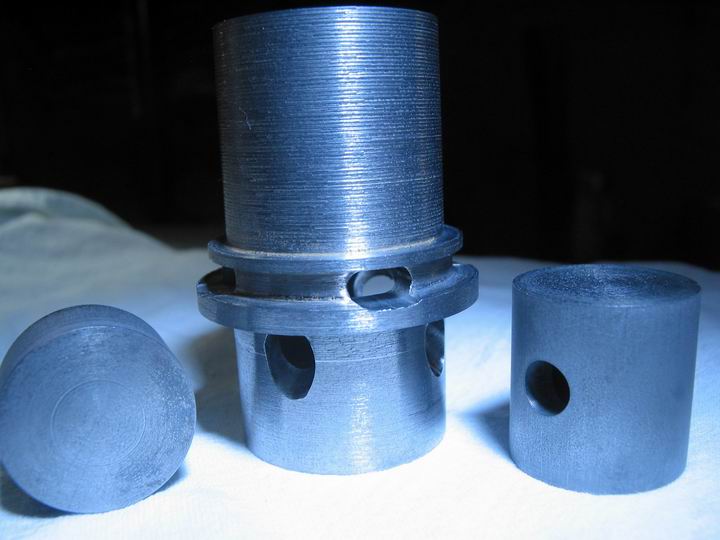
this pic of the head is to show what happens when the soft wheel that you're using to polish a part catch it and shoot it away (little signs at 9 - 10 o'clock)

the spraybar, brass (here not soldered yet)

this is the setup to lap the piston, suggested in the book: very effective
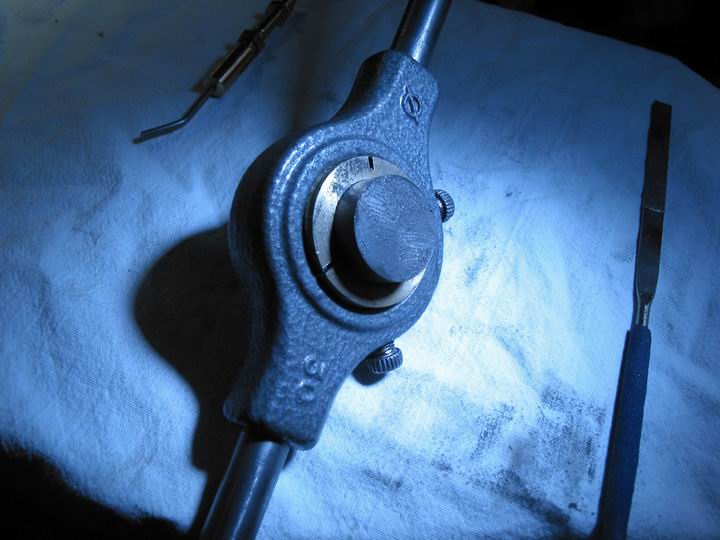
the remaining pics are a sequence of the assembly
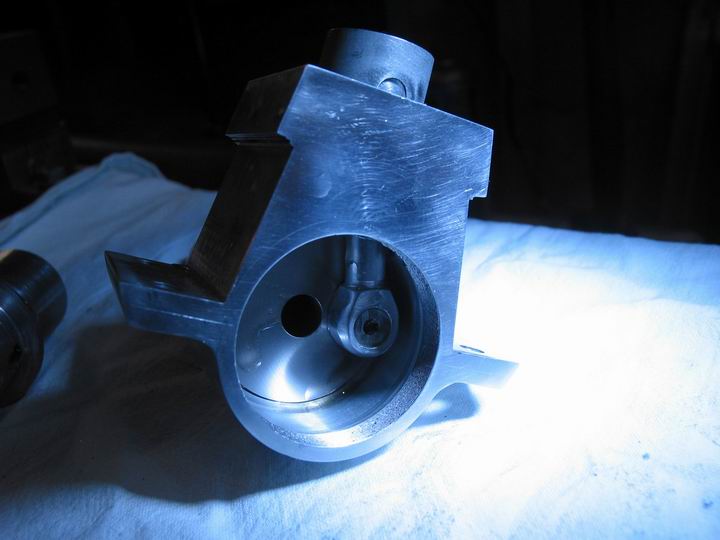
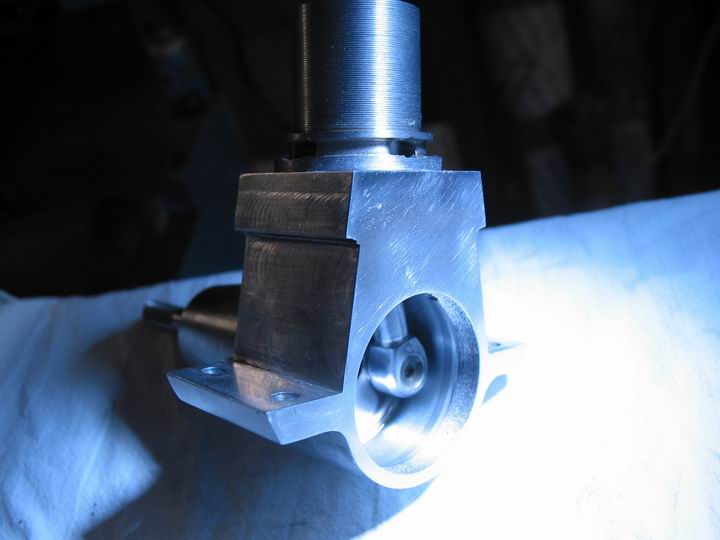
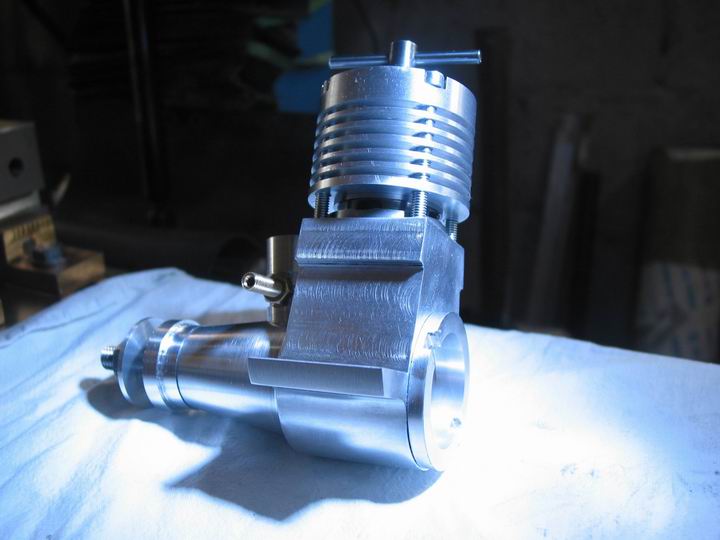

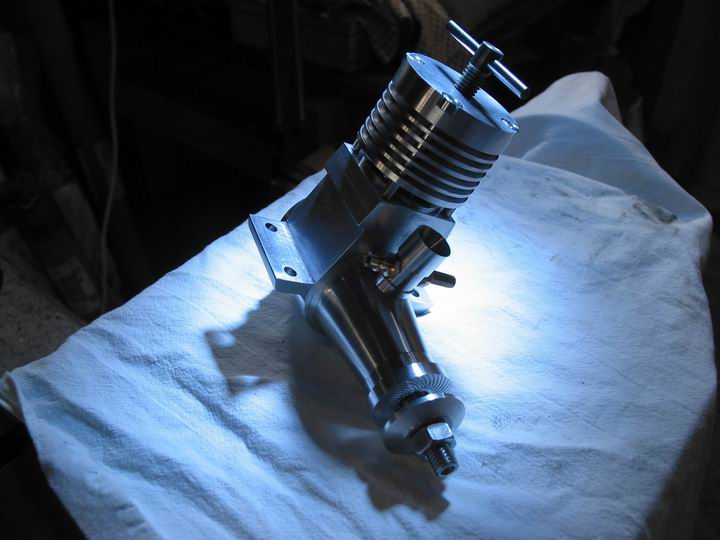
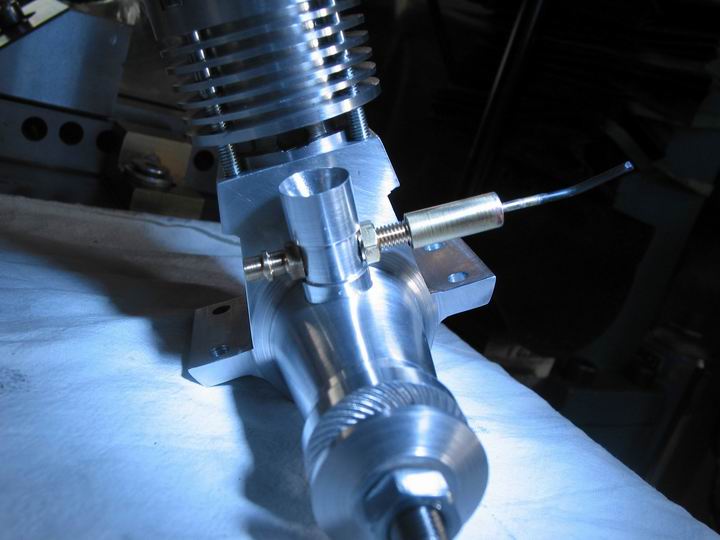
well, what else?
now I need to build a binding, something to secure the engine to the bench
some sort of tank for the gasoline (btw, what type may I use to start the engine?)
and a propeller... but I don't think to fly a plane with the engine, may I use something else instead of the propeller to start the engine?
or I need to buy a propeller, because I'm not able to build it :-\
that's all... I apologize if there are too many pics in the post, hope that you like them
thank you
here we are again with a new engine
I don't like the premises, but few words are necessary here
I would like to document my bilds and publish them in the 'work in progress' section, but I discovered that I cannot do it for now: I have little time to work in the shop and mostly I'm too tired to take pictures, upload and explain them
for us who are not british/english speaking, it isn't so easy to write long post full of detailed explanations, expecially in the night, when one is tired after a working day
I browse the forum often and it is always a pleasure, but rarely I find the energy to post and interact with you, and this is a great worry for me, expecially when I see admirable masterpieces but I cannot find the words to express
fortunately there is the 'photos and video' section where I can put a brief summary of the build
hummm... I apologize for the premise, I don't like them! I had already said it?
well, I'm sorry for the quality of the pics too: I took them under a LED lamp and they are a bit too dark
in return, the flaws were very emphasized, maybe for the tangent light, indeed the engine isn't so bad
this is my 4th engine, and my second IC engine
I won the POM in august 2009 with my second steam engine, so in the last year I built two IC engine, the scuderi and this one
the scuderi still doesn't run ( :-\ ), hope that this one would be luckiest
it is the australian mate diesel by david owen, and I took the plans on the 'model engine plan book' published by the motor boys (http://modelenginenews.org/), that I bought some time ago
well, now the pics...
the crankcase, aluminium



the crankshaft, steel


the head and backplate, aluminium

the conrod and prop driver (aluminium) and the compression screw, steel


cylinder (steel), piston and contrapiston, cast iron: the inside and outside of the cylinder looks worse than they are


this pic of the head is to show what happens when the soft wheel that you're using to polish a part catch it and shoot it away (little signs at 9 - 10 o'clock)

the spraybar, brass (here not soldered yet)

this is the setup to lap the piston, suggested in the book: very effective

the remaining pics are a sequence of the assembly






well, what else?
now I need to build a binding, something to secure the engine to the bench
some sort of tank for the gasoline (btw, what type may I use to start the engine?)
and a propeller... but I don't think to fly a plane with the engine, may I use something else instead of the propeller to start the engine?
or I need to buy a propeller, because I'm not able to build it :-\
that's all... I apologize if there are too many pics in the post, hope that you like them
thank you




